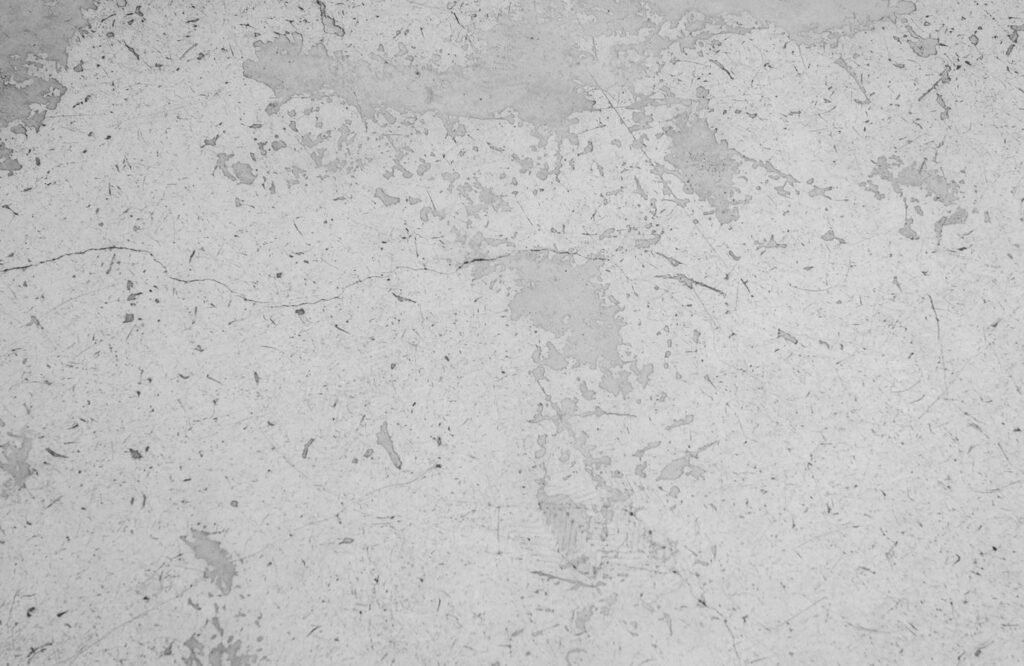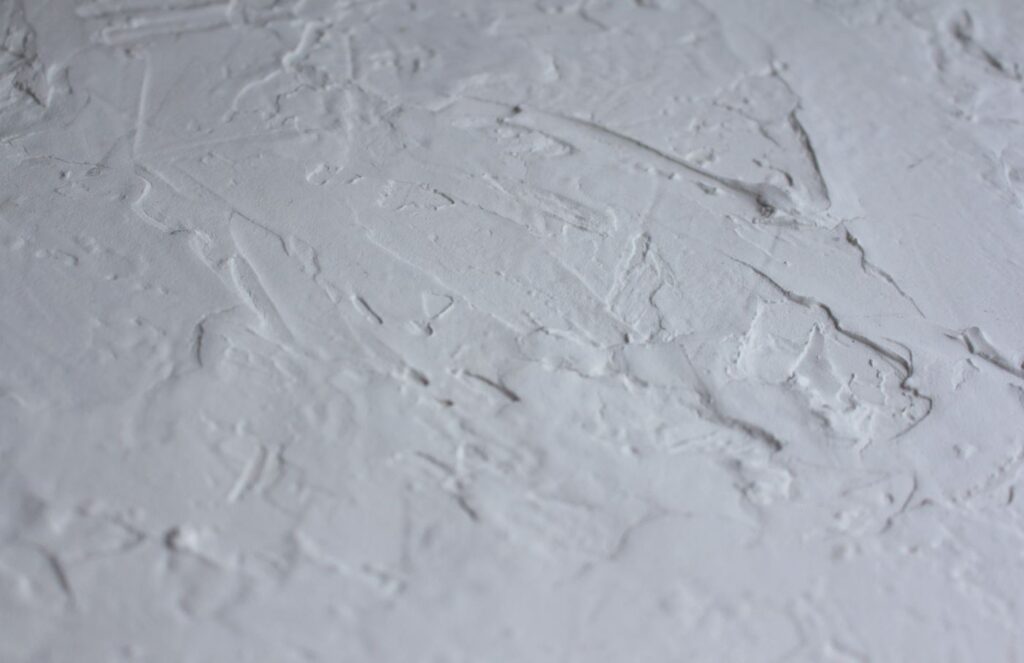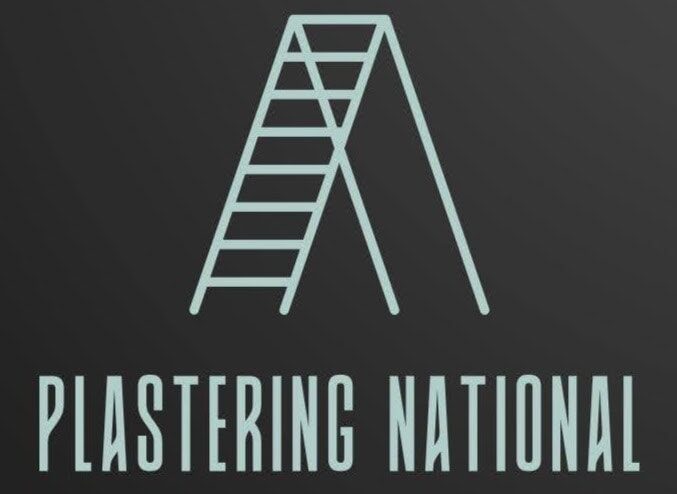Plastering is a common construction practice involving a protective coating on interior and exterior walls. It enhances the longevity of buildings by offering a smooth finish while protecting environmental factors.
Several plastering materials are available, each with unique benefits and drawbacks.
This article reviews the advantages and disadvantages of the most common plastering techniques, helping you determine which type best suits your project needs.
Let’s get straight to the point.
Different types of plaster offer unique advantages and drawbacks, making selection crucial for construction needs. Gypsum plaster provides a smooth, quick-setting finish but is unsuitable for damp areas and prone to cracking.
Cement plaster is durable and fireproof but labour-intensive and requires significant water. Lime plaster is flexible, breathable, and eco-friendly but expensive and complex. Mud plaster is an affordable, sustainable option with good insulation but requires frequent maintenance.
Stucco plaster is long-lasting and customisable but susceptible to cracking and water damage. Choosing the right plaster depends on durability, cost, environmental impact, and project requirements.
Pros And Cons Of Different Type Of Plastering
1. Gypsum Plaster
Gypsum plaster, a white powder that hardens when mixed with water, is often used to smooth walls and ceilings. It’s also popular for creating decorative shapes.
Below, we outline the key advantages and disadvantages of this material.
Advantages Of Gypsum Plaster
- Easy to Shape and Apply
Gypsum plaster is highly pliable, making it ideal for decorative purposes. It can be easily moulded into various shapes for ornamental detailing on walls and ceilings.
- Quick Setting Time
One of gypsum plaster’s standout features is its fast drying time. It sets more quickly than other types, which can help speed up construction timelines.
- Smooth Finish
Once dried, gypsum plaster delivers a smooth, polished finish without sanding. This creates an impression of high-quality craftsmanship with minimal effort.
- Non-Combustible
Gypsum plaster is non-combustible, offering added fire resistance to buildings by slowing the spread of flames.
- Resistant to Mould and Mildew
This plaster resists mould and mildew, contributing to a healthier indoor environment.
Disadvantages Of Gypsum Plaster
- Not Suitable for Damp Areas
Gypsum plaster is vulnerable to moisture and will degrade in damp environments like basements and bathrooms.
- Prone to Cracking
Gypsum plaster lacks flexibility, making it susceptible to cracking over time, especially in buildings that settle or shift.
- Slower Drying Time for Paint
Though it sets quickly, gypsum plaster can take longer to dry completely, meaning you may need to wait longer before painting or applying a finish.
- Low Impact Resistance
Walls finished with gypsum plaster can be easily damaged by knocks and bumps, leading to dents or holes.
- Limited Outdoor Use
Gypsum plaster is not recommended for exterior walls because it is susceptible to weather conditions such as sun, wind, and rain.
2. Cement Plaster
Cement plaster is a mix of Portland cement, sand, and water. It is commonly used to create a smooth surface on masonry structures inside and outside. Below are the key points to consider when using cement plaster.
Advantages Of Cement Plaster
- Durable
Cement plaster forms a robust, long-lasting layer that protects walls from water penetration and other environmental elements.
- Fireproof
Like gypsum plaster, cement plaster is fireproof, adding an extra layer of safety to buildings.
- Versatile
Cement plaster can be used on interior and exterior walls, providing a consistent finish throughout a building.
- Chemical and Plant Resistance
Cement plaster can resist chemical attacks and prevent vegetation growth, making it ideal for use in environments where plants or chemicals might pose a risk.
- Good Acoustic Properties
Cement plaster offers excellent soundproofing qualities, making it suitable for buildings that need sound insulation.
Disadvantages Of Cement Plaster
- Prone to Cracking
Cement plaster has low tensile strength, which makes it prone to cracking over time, especially if the surface is not adequately cured.
- Labour-Intensive
Applying cement plaster requires significant labour, potentially increasing project costs.
- Water-Intensive
Cement plaster requires large amounts of water to apply, which can be a concern in areas with limited water resources.
3. Lime Plaster
Lime plaster is composed of sand, water, and lime. Historically, horsehair or other fibres were added to improve strength and workability. Below are the benefits and drawbacks of lime plaster.
Advantages Of Lime Plaster
- Breathability and Flexibility
Lime plaster is breathable and flexible, accommodating movement within buildings without cracking. It also allows moisture to escape, improving indoor air quality.
- Long-Lasting
Lime plaster is highly durable and offers long-term resistance to wear. Its natural ability to absorb CO2 over time helps it become even stronger.
- Moisture Control
Unlike other types of plaster, lime plaster can handle damp conditions without deteriorating. It prevents mould and dampness, making it ideal for older buildings.
- Eco-Friendly
Lime plaster is environmentally friendly, producing fewer greenhouse gas emissions during manufacture than cement plaster. Its natural properties also help reduce energy costs for heating and cooling.
Disadvantages Of Lime Plaster
- Cracking During Curing
Lime plaster is prone to shrinkage and cracking as it cures, especially if not applied correctly. Regular misting during the drying process can help prevent cracks.
- More Complex Application
Applying lime plaster requires greater precision and multiple layers, making it more time-consuming and labour-intensive than other plastering techniques.
- Higher Initial Cost
Lime plaster tends to be more expensive upfront due to the cost of materials and the skilled labour required for proper application.
4. Mud Plaster
Mud plaster is made from water, sand, and clay, with cow dung often added as a binder. It’s one of the oldest forms of plastering and is commonly used in traditional structures.
Advantages Of Mud Plaster
- Affordable
Mud plaster is a low-cost option, often made with locally sourced materials. This can reduce construction costs by as much as 22%.
- Eco-Friendly
Mud plaster is highly sustainable, using natural, biodegradable materials that minimise environmental impact.
- Thermal and Fire Resistance
Mud plaster provides excellent insulation, keeping homes cooler in summer and warmer in winter. It also offers good fire resistance.
Disadvantages Of Mud Plaster
- Requires Frequent Maintenance
Mud plaster is susceptible to wear and tear, requiring regular upkeep to prevent cracks and damage.
- Vulnerability to Weather
Mud plaster doesn’t hold up well in extreme weather conditions, particularly during heavy rains or storms.
5. Stucco Plaster
Stucco plaster is used on walls for both aesthetic and functional purposes. It involves multiple layers, starting with a rough base coat for strength and then finer layers to shape and finish the surface.
Advantages Of Stucco Plaster
- Durability
Stucco plaster is known for its long-lasting durability and resistance to fire, rot, mould, and termites. In some climates, stucco can last over a century.
- Low Maintenance
Stucco requires minimal maintenance, provided it is inspected regularly. It also retains its colour well, reducing the need for frequent repainting.
- Customisable Texture
Stucco can be finished in various textures, allowing for customisation and adding to a building’s visual appeal.
- Good Sound Insulation
Stucco plaster offers excellent soundproofing, reducing outside noise—especially useful for homes near busy roads.
Disadvantages Of Stucco Plaster
- High Labour Costs
Applying stucco plaster is a specialised skill that requires experienced contractors. The labour-intensive process can drive up costs.
- Inflexibility
Stucco plaster is rigid, which makes it prone to cracking in areas where the ground moves or shifts.
- Water Retention
Stucco homes are vulnerable to water damage if improperly maintained, as the material’s porous nature can lead to moisture retention.
Conclusion
Each type of plaster offers unique advantages and disadvantages, making the choice largely dependent on the project’s specific requirements.
Gypsum plaster is great for indoor decorative work but unsuitable for damp areas.
Cement plaster is versatile and durable but requires more labour and water. Lime plaster provides flexibility and breathability but is more expensive and difficult to apply.
Mud plaster is affordable and eco-friendly, but it requires regular maintenance. Finally, stucco plaster offers durability and customisation but requires careful maintenance and skilled application.
The right choice depends on cost, durability, environmental impact, and the building’s needs.
FAQs About Plastering
What Are The Advantages Of Gypsum Plaster?
Gypsum plaster sets quickly and dries rapidly, making it ideal for projects with tight deadlines. It is also fire-resistant and has excellent sound insulation properties.
What Are The Disadvantages Of Gypsum Plaster?
Gypsum plaster is less durable than cement or lime plaster and more susceptible to moisture damage. It can also be more expensive than other types of plaster.
What Are The Benefits Of Clay Plaster?
Clay plaster is environmentally friendly, non-toxic, and promotes healthy indoor air quality. It has natural insulating properties and can help regulate humidity levels.
What Are The Limitations Of Clay Plaster?
Clay plaster may not be as readily available as other plastering materials, so specialised knowledge is required for application. It may also be more expensive than traditional plaster options.
How Do I Choose The Right Type Of Plaster For My Project?
Consider the building’s age, environmental conditions, budget, and desired finish. Consulting with a professional plasterer can help you determine the most suitable type of plaster for your specific needs.


